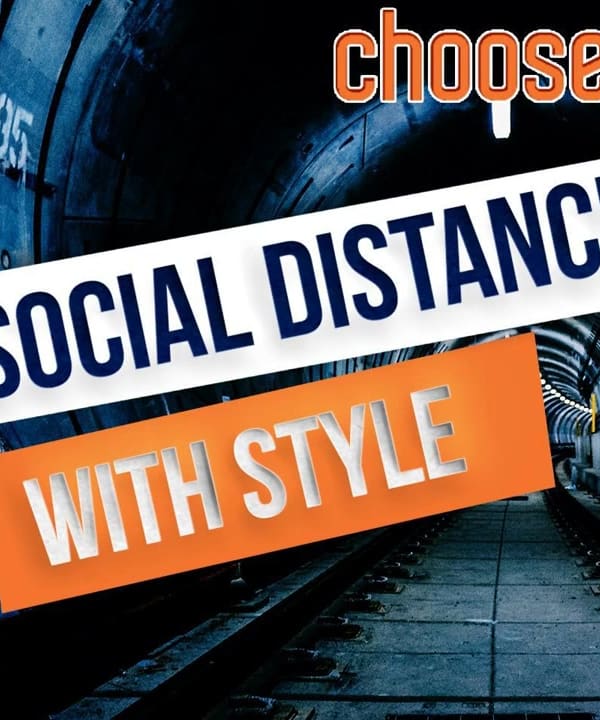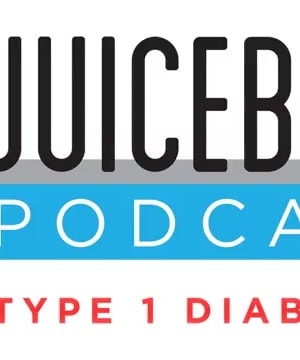No Contact
Sources:
The concept of "No Contact" often comes up in discussions about social distancing, a public health strategy aimed at preventing the spread of diseases by minimizing close contact between individuals. Experts on various podcasts have addressed this subject, emphasizing its importance particularly during health crises like the COVID-19 pandemic.
Key Points on Social Distancing and "No Contact"
-
Reducing Contact to Protect Others:
- Working from home or minimizing outings can drastically cut down interpersonal contacts, helping not only to protect oneself but also those who must work outside and potentially face exposure 1.
-
Mandatory No Contact in High-Risk Situations:
- During critical periods, it's advised to avoid all non-essential physical interactions such as those at social gatherings. This means no sleepovers, no parties, and maintaining physical distancing during any necessary interactions 2.
-
Psychological and Social Considerations:
- It's essential to find a balance. While maintaining physical health through social distancing, mental health and social bonds should not be ignored. Engaging in outdoor walks while maintaining distance, for instance, could be beneficial psychologically 3.
-
Proper Implementation of Social Distancing Measures:
- The goal is to spread out significant interactions over time, allowing healthcare systems to manage cases more effectively without being overwhelmed. This includes everyone from vulnerable seniors to individuals with pre-existing health conditions 4.
-
The Risks of Strict "No Contact" Policies:
- While policies enforcing strict no contact can help reduce virus transmission, they can also lead to increased authoritarianism and a reduction in personal liberties, as discussed by some pundits 5.
Conclusion
Effective social distancing involves reducing physical contact as much as possible but also carefully considering the broader effects such as mental health and social cohesion. Each situation may call for a tailored approach, ranging from strict no contact to moderated physical distancing with appropriate safety measures.
RELATED QUESTIONS-



